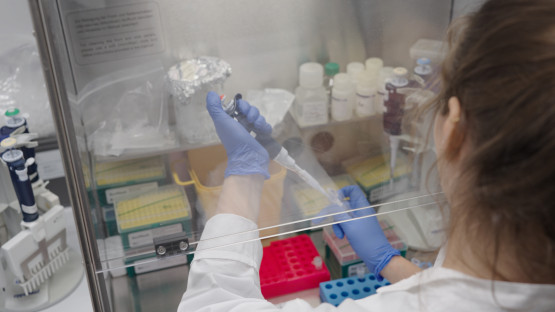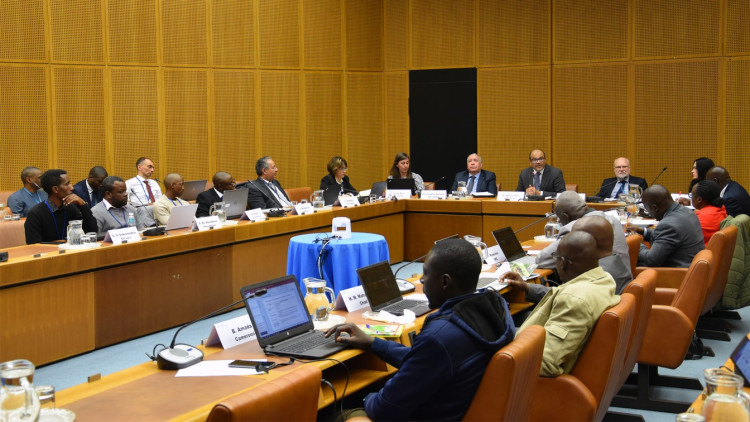Peste des petits ruminants (PPR), one of the most economically important animal diseases in areas that rely on small ruminants, causes dramatic losses to local economies every year. In addition to occurring in extensive migratory populations, PPR can also appear in villages and urban settings affecting families who rely on sheep and goats farming. This highly infectious viral diseasecan infect up to 90 percent of a herd with a fatality rate as high as 70 percent. More than 70 countries, containing approximately 1.8 billion small ruminants, are at high risk. The disease is causing annual economic losses up to USD 2.1 billion and endangers the livelihoods and food security of more than 300 million families.
In April 2015, the Food and Agriculture Organization of the United Nations (FAO) and the World Organisation for Animal Health (WOAH) launched the PPR Global Eradication Strategy aiming at global eradication of PPR by 2030. PPR would then be the second animal disease eradicated after Rinderpest, which was eradicated globally in 2011. A key component of the Rinderpest eradication programme was a strategic stakeholder partnership, a model that the PPR Global Eradication Programme (GEP) is following.
To support partners in their efforts to eradicate this disease, the IAEA held a two-week regional training course titled ‘PPR (Peste des Petits Ruminants): Control Strategies, Epidemiology and Detection using Serology and Molecular Diagnostics’ within the framework of IAEA Technical Cooperation Project RAF5089 “Strengthening the Capacities of National Veterinary Laboratories for the Early Warning, Control and Prevention of Outbreaks of Animal and Zoonotic Diseases (AFRA)”. The training took place in IAEA’s Headquarter in Vienna, Austria from 19 February to 1 March , and brought together animal health professionals from ten Member States, as well as, for the first week, representatives of the IAEA Zoonotic Diseases Integrated Action (ZODIAC) National Laboratories, international organisations, such as the African Union – Interafrican Bureau for Animal Resources (AU-IBAR), WOAH, FAO and the French Agricultural Research Centre for International Development (CIRAD), and research institutions to bolster the efforts towards the fight against PPR.
The two-week training highlighted the latest theoretical and practical methodologies and strategies, emphasizing the crucial role they play in fulfilling the ambitious target of eradicating PPR by 2030. The training saw the participation of 36 animal health professionals including chief veterinarian officers, field veterinarians, epidemiologists, laboratory technicians and laboratory managers from Member States and international stakeholders.
The first training week was dedicated to Epidemiology and Control Strategies, where participants not only improved their knowledge in the PPR GEP strategies but also drafted surveillance protocols tailored to their countries’ current PPR status. During the second week, 17 laboratory technicians from the same countries were trained in the molecular and serological detection of the PPR virus in the Joint FAO/IAEA Animal Health and Production Laboratory in Seibersdorf, Austria.
“Understanding PPR epidemiology, acquiring detection capabilities, and collaborative efforts across relevant organizations, are key for designing effective responses to control this disease” said Carla Bravo de Rueda, Animal Health Technical Officer in the Joint FAO/IAEA Centre of Nuclear Techniques in Food and Agriculture.





